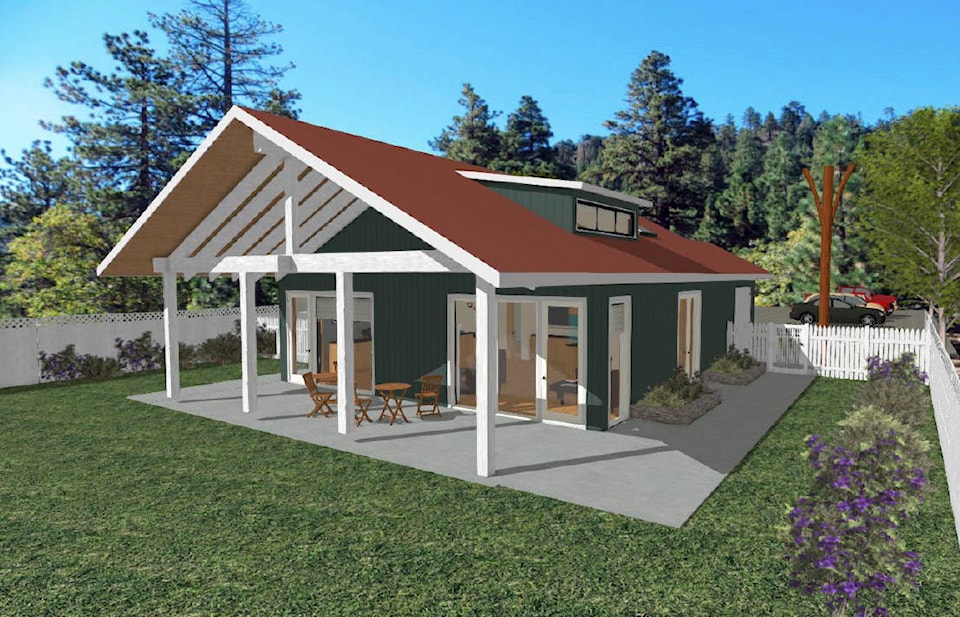The Campbell River Tyee Club has been a fixture in the community for 96 years, and for its 100th anniversary, it has some big plans in the works: cutting the ribbon on a new clubhouse.
“This clubhouse was built in the winter of 1967,” says outgoing club president Randy Killoran, standing beside the current green wooden structure – not much more than a large shack, really – down on the spit. It was somewhat of a scramble to get the place built, he says, as it was in reaction to getting locked out of their previous facility at the end of the spit after a sudden change in ownership of the property. “So it was thrown up in a hurry, in the winter, on the cheap, it’s 50-something years old, it’s been getting southeast spray hitting it for that many years, parts of it have been re-done and re-done, and it’s just time to get it done properly,” he says.
But to do that, they need money.
“It seems like it costs $200,000 to build an outhouse these days,” he says with a chuckle, “but we’ve got a loose target for the clubhouse of $500,000. This winter we’re going to start looking into grant processes and start knocking the number around with people who have expressed interest in helping out.”
But why should the community as a whole be interested in the fundraising efforts for a new building for a private club?
Well, Killoran thinks people maybe underestimate – or just don’t realize at all – the impact the club has had on the community throughout its history.
“In 1910, when people were coming to fish the West Coast, they weren’t going to Sooke, they weren’t going to Langara, they were coming to Campbell River, because there were actually guides here. And when the club got going, it really enhanced the guiding opportunities. It wouldn’t be a reach to say it’s kind of the birthplace of guiding in B.C.
“Then throughout the 1930s and 40s,” Killoran continues, “after the war, the guys would be logging in the winter and get shut down for fire season in the summer, so they’d come out here and guide. You’d have been hard-pressed at one time to go around and talk to people and not meet somebody who is connected to somebody who made money doing this. It’s been a staple of Campbell River business opportunity for a long time.”
And these days, they’ve gone even more into the “community” realm, the club does things like the free fishing tournament they’re putting on for the kids from the John Howard Society this coming weekend.
“From our inception until about the 1980’s, 90 per cent of the fishing effort was professional guides with their clients,” Killoran says. “It’s now 90 per cent locals. When we’re out here fishing now, we’re out here with our friends, with our neighbours, with our families. We’re becoming more and more of a community organization all the time, on a lot of levels.
“There are scores of people who come down here and sit over on those rocks over there on the beach and watch the fishery,” he continues, “but what they don’t understand is that the gate over there is always open during tyee season and they can come in any time they want. Yes, we’re a private club, but anyone can join. We’re part of this community. Come on in.”
While he admits it hasn’t always been that way, the club is trying to change the minds of the few who think poorly of them, he says.
“There have certainly been elitists in our ranks,” he says. “And I think there are a lot of people who maybe haven’t lost that perception of us yet. But that’s gone. We choose to fish a very challenging method of fishing for the sake of the fish. We use probably the least efficient way of catching chinook salmon on the west coast of North America, not so we can say ‘look at us,’ but for the good of the fish.”
